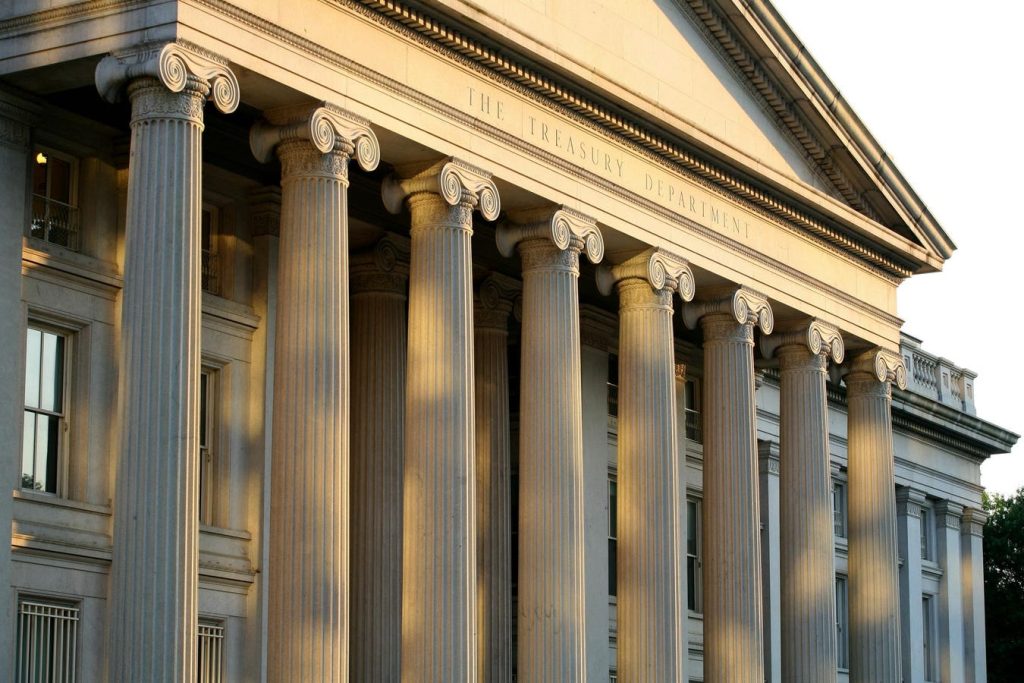Sunset at the Treasury Department
Eight years after issuing the ill-fated Notice 2016-66, the U.S. Treasury has released its final regulations relating to so-called “microcaptive transactions”. These regulations designate certain transactions as listed transactions (read: presumed tax shelters) and others as “transactions of interest”(read: might be a tax shelter). These regulations also require certain enhanced reporting requirements for the taxpayers and related parties that are involved in these microcaptive transactions, including specifically their material advisors. In other words, all these folks now must file a tax shelter disclosure form.
As mentioned, Treasury’s road to these regulations have been long and troubled ― primarily due to its own missteps. In December, 2016, Treasury published Notice 2016-66 which designated many transactions involving captive insurance companies that have made the 831(b) election. After some years of litigation, Notice 2016-66 finally made its way up to the U.S. Supreme Court and was invalidated by a ruling of that court in 2023 on the basis that Treasury had not adequately followed the requirements of the Administrative Procedures Act (APA). Thus, Treasury had to start over from scratch.
With egg on its face from Notice 2016-66, Treasury went out of its way to make sure that it had fully complied with the APA. This included publishing what amounted to drafted regulations, holding public hearings on those regulations, and taking comments from a variety of sources from within and without the captive insurance industry. A summary of these comments, and Treasury’s detailed responses to them, takes up pages 9 through 92 of the 109 pages that are contained in the final Treasury document to be published in the Congressional Register.
It would take a very long article to list the comments and Treasury’s responses, but in general most of them come down to this, at least from Treasury’s view: These regulations do not actually do anything other than to impose special reporting requirements on those persons and parties who are involved in microcaptive transactions.
Similarly, the regulations are technically pretty complicated, even for somebody who is familiar with 831(b) captives, and will leave the specifics for another day. They can, however, be distilled to something like: If you are using a captive insurance arrangement to save taxes, or it has the effect of saving substantial taxes, then it probably is a listed transaction requiring you to file the tax shelter disclosure form.
As to the disclosures required by the regulations, some of these are pretty interesting. One such is that the particular actuary being relied upon by the captive must be disclosed. As I have previously written on numerous occasions, the entire microcaptive tax shelter industry is really driven by a relatively small number of actuaries who, for a fee, are happy willing to give a thick booklet of indecipherable numbers that say whatever you want them to say. By requiring the disclosure of these actuaries, Treasury will in many cases be able to more quickly identify those microcaptive transactions which require greater scrutiny. The same goes for certain captive managers who have utterly no idea how to run a real captive but all their business comes from selling tax shelter captives. If a taxpayer identifies a certain captive manager, Treasury can have a pretty good idea whether the captive is real or not.
Persons who have a 831(b) captive, or are concerned that their captive may be subject to the new regulations, still have the same solution that they have always had: Seek the advice and opinion of a qualified and independent tax professional as to whether the transaction potentially implicates the reporting requirements of these regulations. In this context, “independent” means somebody that you find yourself and who has no connection to the promoters of the captive deal (noting that captive promoters will often just steer you to a professional friendly to them who will tell you that all is well even if it isn’t).
I’d like to tell you, and Treasury certainly wishes, that these regulations will finally put an end to the abuses of 831(b) captives as tax shelters, but such would be naïve. Too many promoters have created substantial business in selling these shelters and they will keep selling them until either they are enjoined from selling them or there are no more buyers because word has gotten out that microcaptives are a bad idea. To this end, it should be noted that these regulations will probably make it much easier for Treasury to start seeking promoter injunctions to shut down at least the most obnoxious promoters. That these promoters still exist is evidenced by the fact that even last year, after everything that has gone on including the IRS winning every single case involving microcaptives before the U.S. Tax Court, folks were still contacting me to ask about some year-end tax-savings pitch they had received from some promoter or another to use microcaptives.
In a later article, and after we’ve all had time to digest these regulations, I will circle back around to consider the specifics of these regulations. In the meantime, read them for yourself here.

